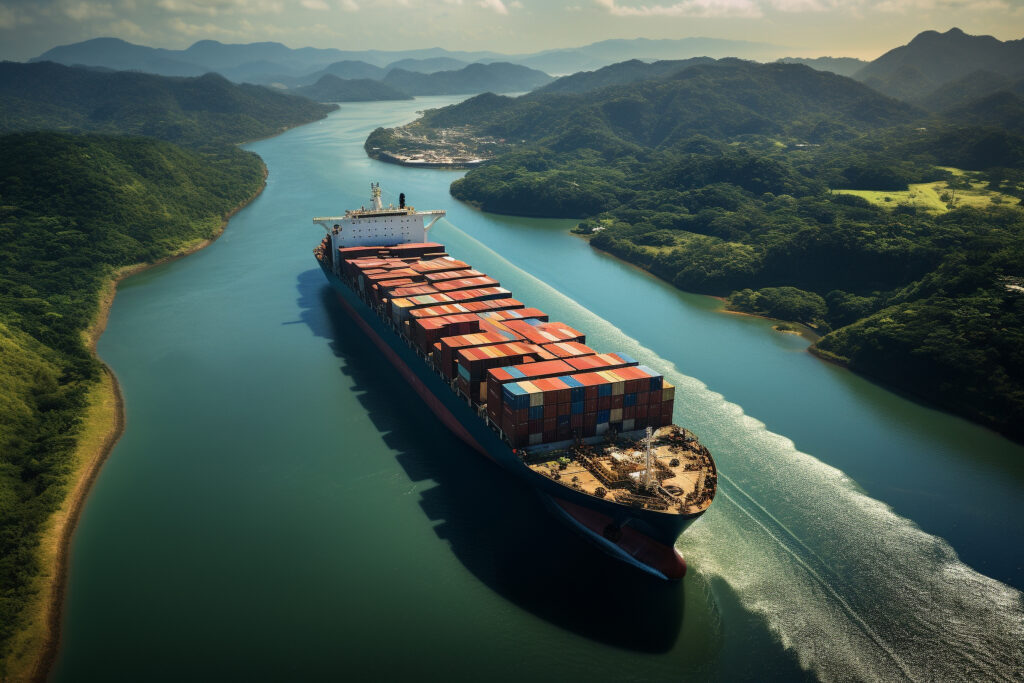Costas Paris of The Wall Street Journal tells his readers that rainfall levels, down a third this year, are hampering the ability to navigate the Panama Canal. Ships are bidding up toll payments several times higher than normal payments to avoid delays. He writes:
Panama Canal officials will cut available slots for ship transits by half this winter as extreme drought leaves the man-made waterway lacking enough water.
The changes come after Panama Canal experienced its driest October on record, continuing a monthslong spell of warmer temperatures and low rainfall. Officials have already restricted traffic on the waterway, which handles around 7% of global seaborne trade.
The canal administration said daily reservation slots will be cut to 25 this month, 22 in December, 20 in January and 18 in February. Last month the canal had 32 daily transits. The waterway can normally handle an average of 40 transits a day.
Rainfall levels are down by about a third this year compared with last year, reducing the water level of Gatun Lake, the artificial reservoir that feeds the canal’s locks, to unprecedented low levels. The lake is necessary for ship transits and supplies fresh water to half of the country’s population, or about two million people. The canal opened to traffic in 1914.
“For the first time there are no wind thrusts across both sides of the canal. The air is static and there is no rain,” canal administrator Ricaurte Vásquez Morales told The Wall Street Journal in an interview last month. […]
Live Panama Canal Traffic Map
On top of the weather crisis, Panama has been hit by protests over its mining rules in recent weeks. The protests have resulted in road closures in key areas of the country and while there have been no major disruptions in the canal’s operations, Wilhelmsen warned this could change if the road blockades intensify.
“Be prepared for potential delays and mis-deliveries of spare parts, as well as disruptions to crew movement if the protests continue in the coming days,” it said.

